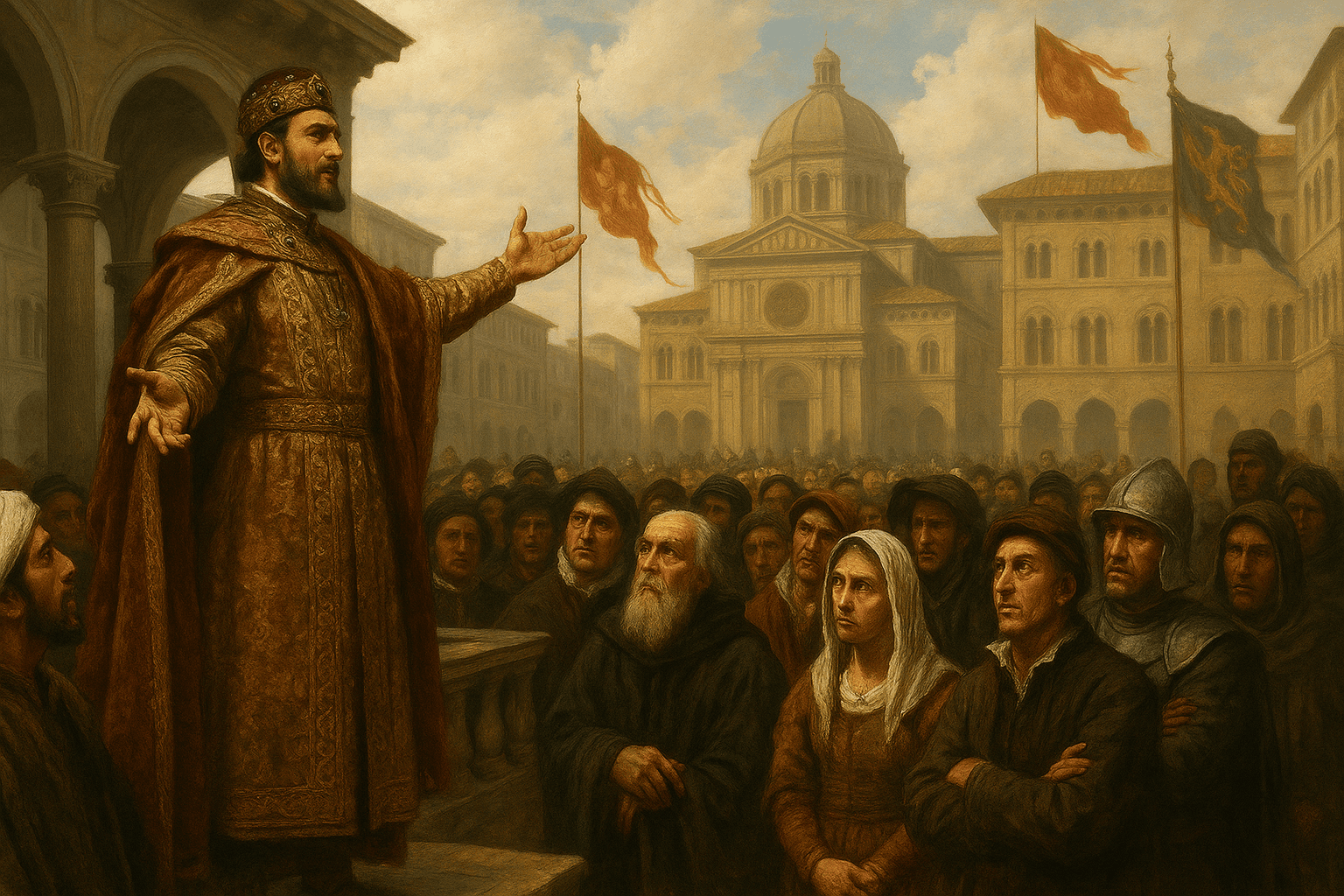Rulers and the Ruled: The Power Dynamics in Machiavelli's The Prince

When we dive into Machiavelli's The Prince , it’s hard not to feel the pulse of political intrigue that surrounds the relationship between rulers and the ruled. This theme resonates throughout the text, serving as a lens through which we can understand the dynamics of power—both in the turbulent political landscape of Renaissance Italy and in today's world.
Machiavelli, a keen observer of his times, lays out the intricate interplay between leaders and their subjects right from the start. The backdrop of Florence, with its shifting allegiances and the looming presence of the Medici family, provides a rich context for exploring how rulers maintain control. He emphasizes that the essence of governance is rooted in the trust and confidence of the populace rather than sheer military might. This perspective is pivotal, especially in light of his own experiences—having witnessed the rise and fall of powerful families, he understood firsthand the precarious nature of authority.
In his reflections on his youth, Machiavelli notes how the behaviors and values of the Florentine youth were influenced by their rulers. The Medici's opulence contrasted sharply with the austere teachings of Savonarola, illustrating how leadership styles can shape societal norms and expectations. Thus, we see how a ruler's actions ripple through society, molding the character of their subjects.
As Machiavelli moves through various chapters, he paints vivid pictures of rulers who either succeed or fail based on their understanding of this relationship. For instance, he categorizes states into republics and principalities, detailing how hereditary rulers often find it easier to govern due to established customs and loyalty. Yet, new rulers face an uphill battle, needing to win the hearts and minds of the people to maintain stability and prevent rebellion.
One of the more striking elements Machiavelli discusses is the delicate balance of fear and love. He wisely advises that while it’s admirable for a ruler to be loved, it’s far more reliable to be feared—without crossing the line into hatred, of course. This notion prompts us to reflect on modern leadership: how often do leaders today grapple with the same dilemma? The struggle to maintain authority while fostering goodwill is timeless.
Machiavelli’s exploration of military strength further underscores the importance of the ruler's relationship with the ruled. He argues that a prince must lead his own military forces rather than rely on mercenaries, who can be disloyal and unpredictable. This need for self-sufficiency highlights the ruler's responsibility to ensure the safety and security of their subjects, thereby reinforcing trust and allegiance.
In the end, Machiavelli leaves us with a vital lesson about the nature of power. The relationship between rulers and the ruled is not merely transactional; it’s a complex dance of trust, fear, and moral ambiguity. As we navigate the political landscapes of our own times, we might do well to heed Machiavelli’s insights, recognizing that the balance of power remains as relevant today as it was in the courts of Renaissance Italy. After all, who among us hasn’t pondered the question: how far would a leader go to maintain their power, and at what cost?
In a world that constantly shifts under the weight of new challenges, understanding this relationship—and the responsibilities it entails—becomes not just a matter of political theory but a necessary lens for assessing the effectiveness of our leaders and the societies we build together.
Books: The Prince
Authors: Niccolò Machiavelli
Publishers: Public Domain